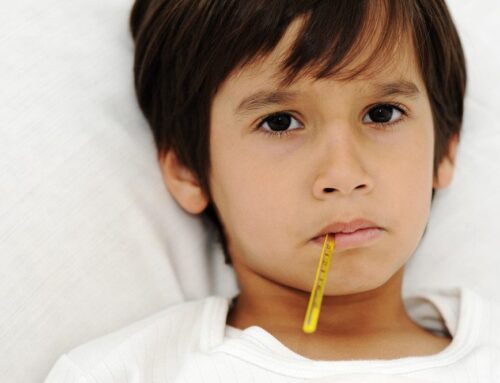Newborn jaundice is characterized as a yellow discoloration of an infant’s eyes and skin. It is a common condition, especially in preterm babies and some breastfed babies. It occurs when a baby’s blood contain high levels of Newborn jaundice is characterized as a yellowish discoloration of an infant’s eyes and skin. It is a common condition, especially in preterm babies and some breastfed babies. It occurs when a baby’s blood contains high levels of bilirubin. In most cases, this condition resolves by itself within two to three weeks. If it persists longer than that, it may be a symptom of an underlying disease. Moreover, unusually high levels of bilirubin can put an infant at risk of brain damage, deafness, and even autism.
Causes and Risk Factors
Babies who are any of the following are at a higher risk of developing infant jaundice.
- Premature babies
- Babies whose blood type isn’t compatible with their mother’s
- Significant bruising during delivery can cause higher bilirubin levels due to the breakdown of more red blood cells.
- Difficulties in feeding can lead to high levels of bilirubin because the baby is not getting enough milk.
- Other causes include:
- Internal bleeding
- An infection
- Problems with the liver
- An abnormality in an infant’s red blood cells
- An enzyme deficiency
Symptoms
The primary sign of newborn jaundice is yellowing of the skin and eyes, which usually occurs two to four days after birth. The yellowing typically starts in the face and eventually spreads down across the body. You can check if your baby has jaundice by lightly pressing a finger on their skin.
If the skin turns yellow, your baby likely has mild jaundice. Of course, consulting a pediatrician in Phoenix is still the best way to determine if your baby has jaundice or not.
Is There a Connection Between Newborn Jaundice and Autism?
A study published by Danish researchers in the online issue of the journal Pediatrics states that babies who develop newborn jaundice are at a higher risk of getting diagnosed with autism or other psychological development disorders during early childhood. This study included all children born in Denmark between the years 1994 and 2004. Out of the 36,000 babies who developed jaundice, 532 of them were later diagnosed with autism spectrum disorder.
The risk becomes higher for babies born in the autumn or winter seasons. This may be because during the winter season, babies get less exposure to sunlight. There is also a higher risk of infection. Prolonged exposure to high levels of bilirubin can cause developmental problems that can persist for the rest of the baby’s life.
In most cases, jaundice goes away on its own. But you can never be too careful, especially with the health of your precious little one. So, at the first sign of jaundice, you should bring them to the doctor. All the pediatricians at Pediatrix are experts in jaundice care for baby.





